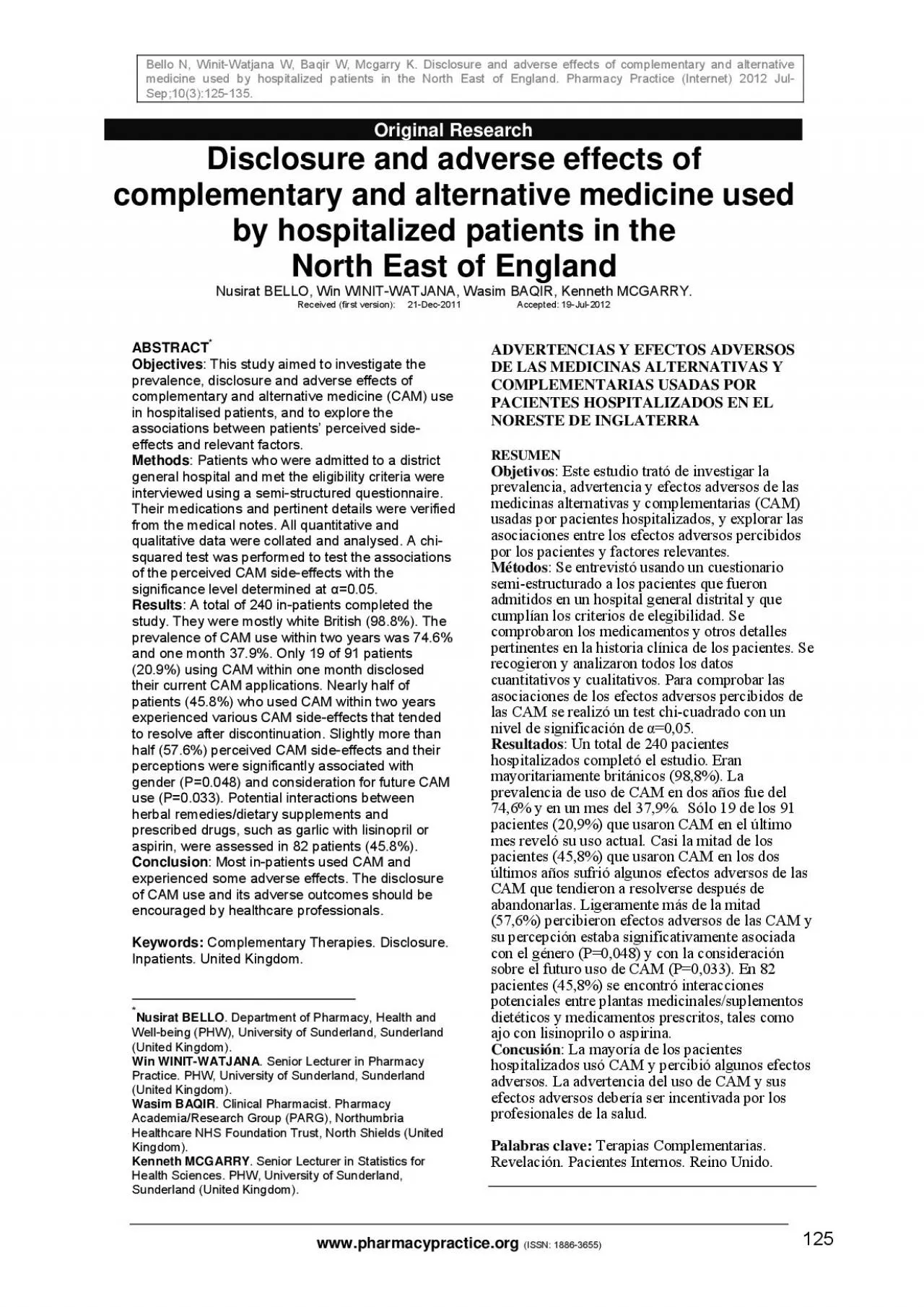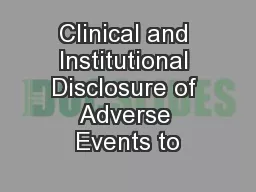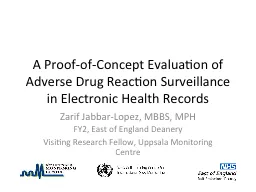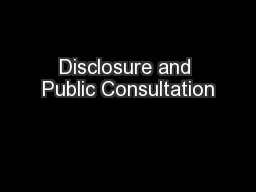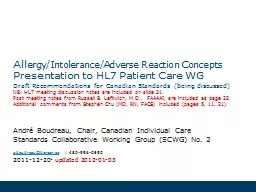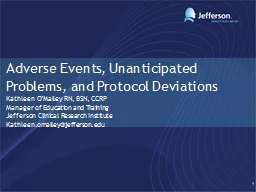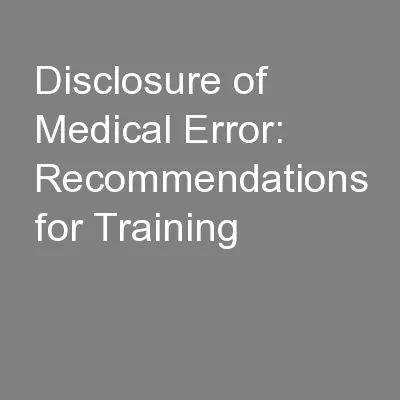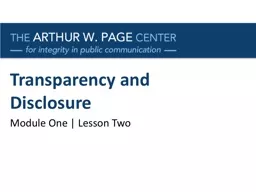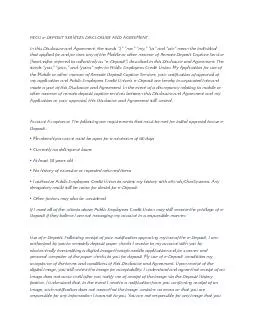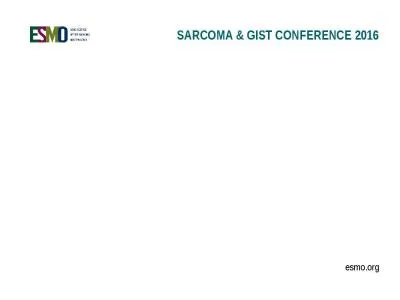PDF-Bello N WinitWatjana W Baqir W Mcgarry K Disclosure and adverse e
Author : harper | Published Date : 2022-08-25
medicine used by hospitalized patients in the North East of England Pharmacy Practice Internet 2012 Jul Sep103125135 wwwpharmacypracticeorg ISSN 18863655 ABSTRACTObjectives
Presentation Embed Code
Download Presentation
Download Presentation The PPT/PDF document "Bello N WinitWatjana W Baqir W Mcgarry K..." is the property of its rightful owner. Permission is granted to download and print the materials on this website for personal, non-commercial use only, and to display it on your personal computer provided you do not modify the materials and that you retain all copyright notices contained in the materials. By downloading content from our website, you accept the terms of this agreement.
Bello N WinitWatjana W Baqir W Mcgarry K Disclosure and adverse e: Transcript
Download Rules Of Document
"Bello N WinitWatjana W Baqir W Mcgarry K Disclosure and adverse e"The content belongs to its owner. You may download and print it for personal use, without modification, and keep all copyright notices. By downloading, you agree to these terms.
Related Documents

